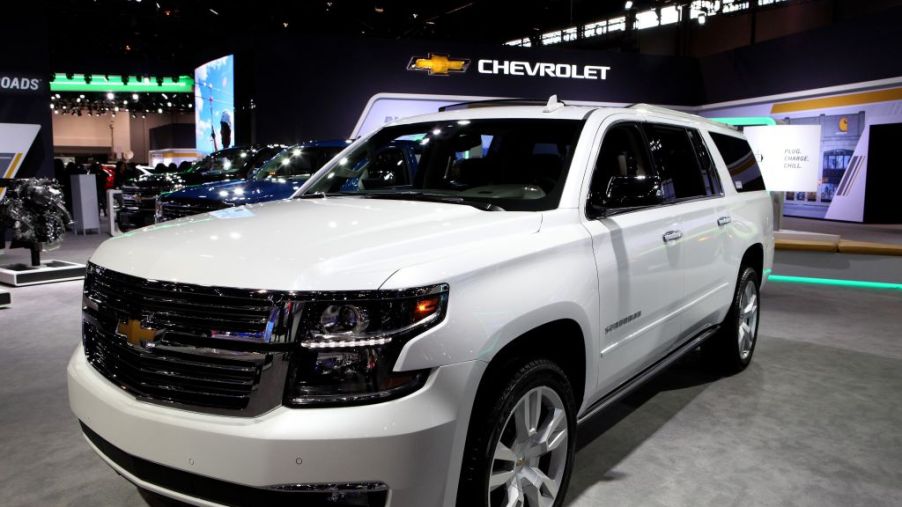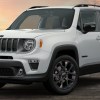
Do the GMC Yukon and Chevy Suburban Have the Same Engines?
When sibling auto brands GMC and Chevy introduce vehicles, consumers assume there are several similarities between the two. If you find yourself in the market to find and buy a new SUV this year, you might have a Yukon and Suburban on your shortlist.
While there are similar features between these two vehicles, there are plenty of unique differences. For example, you might be wondering if the engines are the same. We wanted to scrutinize the specs and details to help you discern which SUV finds a new home in your garage.
The similarities between GMC Yukon and Chevy Suburban
Rolling off the production line, these two SUVs offer a variety of similar features. Both have seven airbags and basic safety options. GMC Yukon and Chevy Suburban also comfortably seat nine passengers, and while the trim levels bring variances in optional and standard extras, you can build out the same configuration for either ride.
GMC Yukon and Chevy Suburban under the hood
Regardless of which SUV you choose, you’ll have the same number of ponies under the hood. Both the GMC and Chevy models come with the 5.3L EcoTec3 V8 engine, married to the six-speed automatic transmission. Either ride will deliver 355 hp and 383 lb-ft of torque.
This means the towing capacity and fuel efficiency are also similar. Both models have a towing capacity of up to 8,300 lbs and, on average, are getting 18 mpg.
Key differences between these SUVs
There are a few subtle and key differences between the GMC Yukon and Chevy Suburban. Fuel efficiency is about the same, for example, but the gas tank is a little bigger on the Suburban (31 gallons). Yukon’s tank holds 26 gallons.
Other differences include standard versus available driver assistance features like forward-collision alert, lane-keeping assist, and lane departure. All of which come standard on Suburban, available on Yukon.
The Teen Driver suite of tech is standard on the Chevy but not available for the GMC. Other subtle differences include dimensions and storage measurements. For example, Suburban offers a little more room behind the front seat with 100.3 cubic feet, while Yukon has 94.7 cubic feet.
Yukon Denali versus Suburban Premier
In looking at the best both models have to offer in terms of trim level and configuration, you’ll have much of the same options either way. Denali and Premier come with an upgraded engine. The 6.2L EcoTec V8 straps 420 horses to both SUVs.
There are the best interior comforts, including leather, as well as exterior extras like 22-inch rims. Adding the Premium Plus Edition to the Suburban also brings a heads-up display and retractable side steps. Of course, at this level of build-out, you can anticipate significant differences in price.
Variable pricing for each
If the key differences between the GMC Yukon and Chevy Suburban aren’t significant enough in your deliberations, the MSRP price tag might be. As with most GMC to Chevrolet comparison models, the Yukon is slightly higher in purchase price.
The average starting range for the Suburban is $51,700-$68,500. The Yukon range is $53,400-$73,500. If you’re interested in upgrading trim levels for more plushy conveniences, you’ll pay for it with the GMC.
As you weigh the features and options between the two models, you’ll put emphasis on those areas that matter most to you. But, in an apples to apples comparison, the Chevy Suburban might be the better value.
It offers almost everything the GMC Yukon does, with a lower MSRP. Both are capable and comparable rides, with similar safety, performance, and tech. It may boil down to what your budget allows when it comes to making your purchasing decision.


